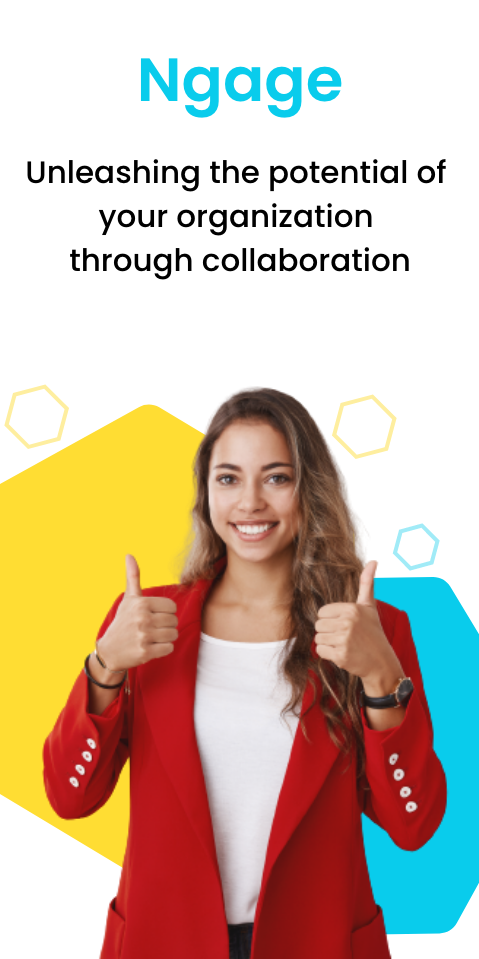One innovative strategy that has gained traction in recent years is gamification. By incorporating game-like elements into employee engagement software, businesses can create a more dynamic and interactive environment that not only encourages participation but also enhances overall engagement. Employee engagement has become a top priority for organizations seeking to maintain a motivated and productive workforce.
Dataspire Ngage is a dynamic digital platform Gamification involves applying principles and mechanics from games to non-game contexts, such as the workplace. By infusing elements like challenges, rewards, competition, and achievement into tasks and processes, organizations can transform routine activities into engaging experiences that capture employees’ attention and drive their performance.
Benefits of Gamification in Employee Engagement
Enhanced Motivation and Engagement:
Ngage enables businesses to easily find, hear, Gamification taps into intrinsic motivators like accomplishment, competition, and curiosity. When employees have clear goals, achievable challenges, and tangible rewards, they are more likely to feel motivated to participate actively in their work.
Increased Productivity:
The competitive nature of games encourages employees to strive for excellence and surpass their own performance. This can lead to increased productivity as employees push themselves to achieve better results.
Skill Development and Learning:
Gamified platforms can offer opportunities for skill development and learning in an interactive manner. Employees can acquire new skills or improve existing ones through challenges that are designed to be engaging and informative.
Positive Work Culture:
Gamification fosters a positive work environment by promoting healthy competition and collaboration. Employees can compete in a friendly manner, leading to stronger teamwork and camaraderie.
Real-time Feedback and Recognition:
Game-like elements often come with immediate feedback and rewards. This can help employees track their progress and receive recognition for their achievements, reinforcing a sense of accomplishment.
Define Clear Goals and Objectives:
Establish specific objectives for implementing gamification. Whether it’s improving sales performance or enhancing customer service, clarity is crucial.
Choose Relevant Game Mechanics:
Select game mechanics that align with your company culture and the nature of your tasks. Points, badges, leaderboards, and challenges are some common elements to consider.
Regularly Update and Evolve:
Keep the gamification strategy fresh by introducing new challenges, mechanics, and rewards. This prevents monotony and maintains employee interest over time.
Provide Training and Support:
Ensure that employees understand how the gamified elements work and how they tie into their performance. Offer training sessions and provide assistance when needed.
Incorporating gamification into employee engagement software is a powerful way to transform mundane tasks into exciting challenges that drive motivation and productivity. By leveraging game-like elements such as rewards, competition, and achievement tracking, organizations can create an engaging work environment that fosters employee participation and satisfaction. As the business landscape evolves, embracing gamification could be the key to unlocking a more motivated, productive, and committed workforce.



